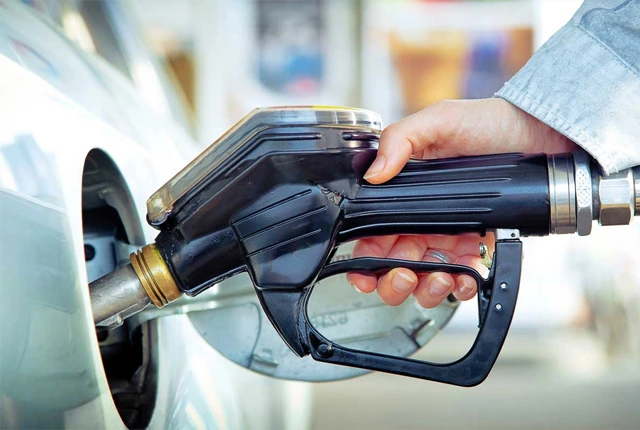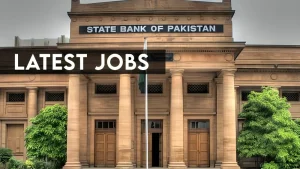ISLAMABAD, June 1, 2025: Yesterday, the federal government increased the price of petrol by Rs 1, for the next two weeks, from Rs. 252.63 per liter to Rs. 253.63 per liter. For most people closely following petrol prices trend in Pakistan and globally, this hike came as a surprise.
READ MORE: Govt to Hike Petrol Levy in New Budget
Globally, not only the oil prices are going down, but the OPEC countries are still proceeding with increased production which is likely to cause further downward pressure on the petrol prices. So why did the Pakistan’s government decide to increase the price instead?
Before we get into that discussion, let’s quickly take a look at the petrol prices for the past few sessions:
Since early April 2025, petrol prices in Pakistan have followed a mostly downward or steady trend. In the beginning of April, prices were reduced by Rs. 1 per liter, while mid-April saw no change. At the same time, the government increased the petroleum levy but kept retail prices stable. At the start of May, petrol prices dropped again – this time by Rs. 2 per liter. By mid-May, the government opted to keep prices unchanged. This pattern suggests a consistent effort to ease fuel costs, at least on the consumer end, despite adjustments in taxation.
RECENT PETROL PRICE TREND IN PAKISTAN
Now, this decline in petrol prices has not only been due to the global decline in petroleum prices, but also due to falling inflation here at home. So, what has changed now? And will this repeat after budget?
When, in April, the prices were not dramatically reduced – causing disappointment for the public – the government had said that the pricing was based on international market trends, and a Rs. 1 per liter cut was all that was justified.
This time around, the decision to increase the petrol price is far reaching. According to market experts, the hike in prices will also be followed by another increase in the petroleum levy.
In May, the increased petroleum levy was projected to fetch nearly Rs. 90 billion for the government in revenues, during the last quarter of fiscal year 2025 (May to July).
Likewise, the upcoming increase in petroleum levy will be aimed at increasing the revenues – but for one specific purpose – going green!
EV FUND AND THE SHINY NEW POLICY
The government is mulling to established a designated fund to allow easier transition towards Electric Vehicles (EVs). This strategy will have a two-pronged effect. On the one hand, the government may be able to use this extra revenue to reduce import duties on eco-friendly vehicles and to establish an ecosystem of EV chargers, as part of the new Electric Vehicle Policy. At the same time, this will make petrol and diesel vehicles more expensive to operate, acting as a motivator for the general public to opt for electric vehicles.
READ MORE: Petroleum Dealers Warn of Nationwide Petrol Pump Shutdown
If implemented, this additional levy – working as an EV Fund – will allow the government to collect an average Rs. 25 billion to Rs. 30 billion annually. With the new Electric Vehicle Policy spanning five years, from 2026 till 2030, this measure is expected to yield total additional revenues of Rs. 125 to Rs. 150 billion.
With this approach in mind, it is safe to assume that irrespective of the direction of global petrol prices, Pakistan will likely see a hike in prices as well as in Petroleum Levy, and consequently also in EV adoption.









